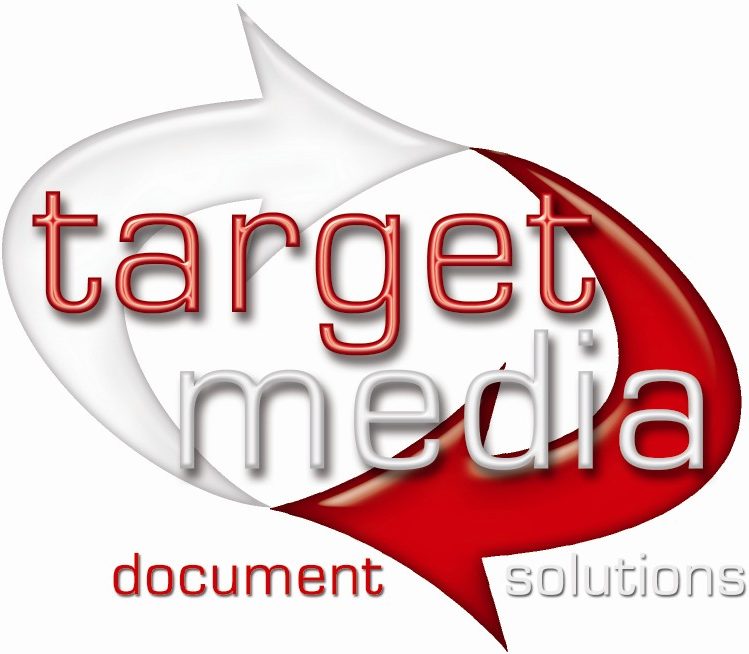There are a number of image formats available. We believe that images should stand the test of time, so we stick with a small number of formats that we know work for the client.
Bi-tonal multi page TIFF Format
The current industry standard for document imaging is the Group 4 compressed bi tonal (black & white) TIF image format. It has been used for a number of years and can be opened by a wide range of applications including built-in support within Windows 98, ME, NT, 2000 & XP.
-
Small file sizes
-
Multi page support allowing an entire file to be saved as a single image
-
Allows for annotations to be attached through the use of third party applications
Secure TIFF Format
Keeping digital document images secure and verifying authenticity has never been more important than today. Ever-increasing legislation governing corporate responsibility affects businesses of all sizes.
We can now supply secure TIFF images whereby a digital signature is applied to the TIFF files during the scanning process. Should a digital document be modified in any way after it was scanned, the digital signature will automatically be lost.
Clients will be supplied with an image verification tool to allowing them to easily confirm that their images were digitally signed and have not been altered since scan time.
Adobe PDF Format
Adobe Corp. developed the Acrobat PDF (Portable Document File) format during the 1990s to enable a single document to be opened and printed on a wide variety of platforms without any conversion. Since then its use has become widespread thanks to the free availability of the Acrobat Reader application for almost all operating systems.
-
Supports both colour and bi tonal images
-
Free viewing software for all operating systems
-
A standard adopted by governments and enterprises worldwide
-
Documents can be digitally ‘signed’ ensuring the end-user knows if a document is original or has been altered since it was created
- Images can be OCR’d (optical character recognition – the conversion in software of scanned words into editable text) with the recognised text being saved behind the scanned image.
This allows a large document, or group of documents to be quickly searched for a specific word or phrase. This is also known as ‘Full Text Indexing’ or ‘fully searchable’ PDFs
Colour DjVu Format
A relative newcomer to the stage, the DjVu technology was developed by a group of researchers at AT&T Labs. It is an image compression technology specifically designed for scanned document pages such as books, magazines, catalogues, newspaper articles, technical publications, ancient and historical documents as well as digital photos.
The DjVu compressor separates the image into two components, pictures and text, and uses two different compression methods to reduce the file. The idea inspiring this dual method is that pictures are smooth, with few edges, while characters have hard edges and need to be sharp and legible, two unique physical make ups to deal with. The way the compression works is that the backgrounds and pictures are coded with a Wavelet-based technique called IW44, while the text and drawings are coded with a new bi-level compression technique called JB2.
Images compressed in DjVu format produced colour documents with file sizes five to ten times smaller than JPG or PDF files at similar quality, and black-and-white pages that were ten to 20 times smaller than a JPG file.
-
Supports both colour and bi tonal images
-
Very high compression with loss of data enables realistic archiving of colour images
-
Low storage costs – approximately 110,000 images can be stored o a single DVD
-
Free viewer plug-in available for Windows, Mac OSX, Mac OS9 and UNIX
-
Images can be OCR’d as with Acrobat enabling full text searches to be carried out
-
The free DjVu iFilter lets you search DjVu document collections by keyword using Microsoft SharePoint, or standard MS Windows search.
Kodak Find and View
We can now supply your images and index data in a self-contained “image on a disc” format. With your data stored on CD, DVD, Server or Local hard drive the Kodak developed the free Find and View retrieval application allows quick and simple searches to be carried out without any additional expense.
-
Search on CD or DVD; on a folder on a hard disk; across multiple batches
-
Choices in output: view, print, e-mail, save to PDF
-
See resulting images prior to e-mailing/printing
